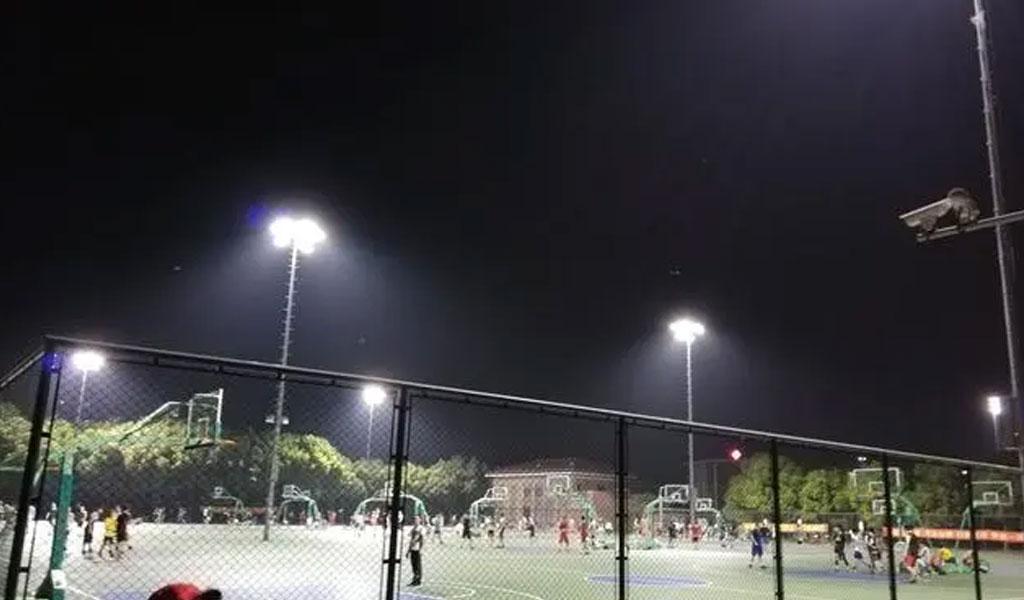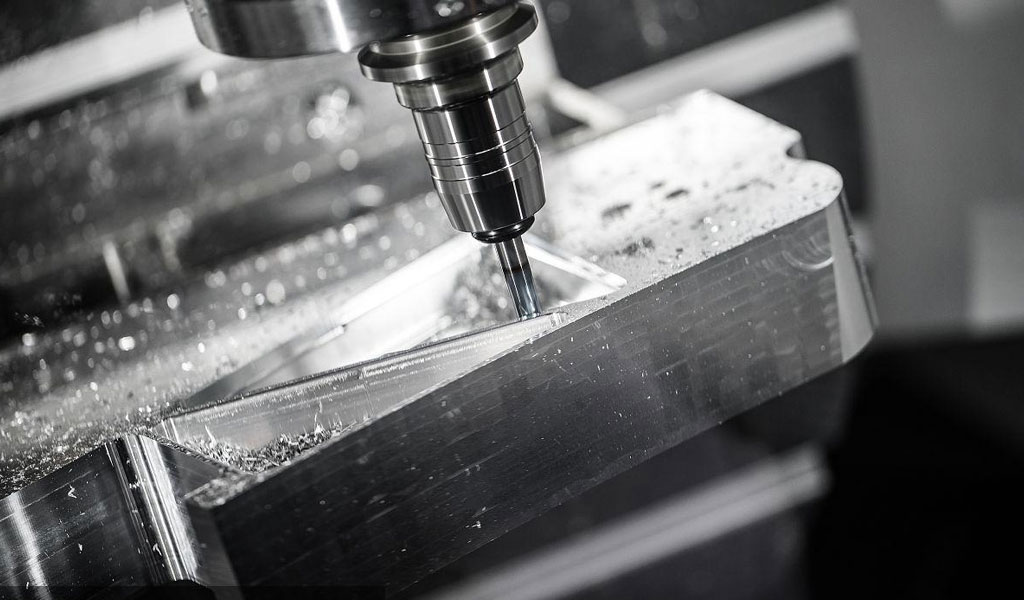Quick Tips for CNC Machined Parts with Undercuts

It is difficult for CNC to process undercuts. If there are undercuts, it needs to be carefully designed, and special tools may also need to be customized. The smaller the undercut, the better, and the less the better, it is best not to have it if it is not necessary. If it must be, consider the tool Whether it is possible to enter and exit by another path, you can also consider changing to 3D printing to make undercut parts.
When machining a part, some designs are easier to produce than others, so the machinability of different features is an important consideration to keep in mind. Undercutting is something that standard end mills cannot do. For this reason, the design of parts with undercuts is often difficult, and the machining of parts with such difficult characteristics requires some key considerations and expertise for optimal results as well as cutting fluid selection.
What is undercut processing?
Undercutting is a machining technique that involves creating depressions or recessed features in machined parts. Standard cutting tools such as end mills used in most machining services cannot produce undercuts. Also, it seems difficult to design the undercut portion in machining. Most importantly, machining projects are designed to achieve proper functionality for the various machined parts. Also, there is more cost involved in making some precise undercut standards. This is because some of their surfaces are not directly accessible from overhead. Many undercuts occur where one part of the workpiece protrudes from another. Overhangs create clearances that cannot be reached with traditional tools such as routers and 3-axis mills.
Special tools for undercutting
As mentioned, undercuts can get tricky in most cases. What’s more, typical straight line machining tools cannot access the gaps created by most undercut machining parts. Simple undercuts usually require tools called slot cutters and lollipop cutters, the latter also known as undercut end mills. These tools have a unique shape that allows them to make undercuts that traditional machining tools cannot.
Slot and Lollipop Knives
Both slotting knives and lollipop knives have narrower shafts and wider ends. In a slot knife, the tip is flatter, while in a lollipop knife, the tip is rounded, perfect for cutting curved shapes. The distance between the outside of the tip and the edge of the shaft is how far the machinist can cut under the overhanging surface. Especially lollipop knives can also be used for deburring and edge breaking of any part of the workpiece, including the underside.
Lollipop cutters are available in various wrap angles such as 220 degrees and 300 degrees. Knives with a thinner neck allow for a larger wrap angle and a more spherical cutting end, which provides greater clearance. Knives with thicker necks have a smaller wrap angle, so they provide less clearance, but are more rigid and stable.
The rounded tip of the lollipop cutter makes it suitable for machining curved undercut shapes. In addition to this, lollipop cutters are also applied to edge bearings to deburr workpieces. However, this type of undercut end mill offers multi-directional cuts and is therefore more expensive.
Slotting knives and lollipop knives are handy tools, especially for simple undercuts. One downside to them, however, is that most computer-aided manufacturing (CAM) software doesn’t include the algorithms needed to support them. It is possible to use these tools with CAM software, but doing so often requires clumsy workarounds, such as using manual G-code or manually operating a milling machine.
Special Cutting in Machining of Undercut Parts

Here are some unique cuts you can perform when a product requires an undercut. There are mainly two types of undercut grooves: T-shaped groove and dovetail groove, and sometimes unilateral undercut groove is also required.
T-slot
As the name suggests, this cutting tool helps create T-shaped undercuts. T-slot tools consist of interconnected horizontal blades and vertical shafts. These features allow the machine to plunge into the workpiece and cut horizontally in either direction. As a result, it forms a T shape. Standard widths for T-slot tools range from 3mm to 40mm.
swallowtail
Dovetail cutting tools use angled blades to produce undercut parts. The resulting incision has a trapezoidal or dovetail shape. Furthermore, undercuts always have a narrow top and a wide bottom.
Dovetail cutting tools are available in standard angles of 45 and 60 degrees – other angles are possible, usually in multiples of 10 degrees and up to 120 degrees, although these are less common.
single side undercut
Single-sided undercutting differs from T-slot and dovetail cutting in that the former produces a symmetrical shape, while single-sided undercutting does not. One-sided undercut An additional cut that is cut from the side using a special tool and protrudes from the original undercut, just like the overhangs on a standard jigsaw puzzle.
If you are designing an interior wall with an undercut on one side, clearance must be kept in mind. Keeping the main width at four times the undercut depth will help ensure that the knife has enough clearance to work properly.
Undercut Processing Tips
- 1. Cooperation with professionals:You’ll agree that working with an expert will make your job easier. Therefore, an experienced individual or company may have the necessary tools and expertise to assist you in various ways. In this way, working with an expert will help you reduce the risk of errors resulting in correct undercut parts.
- 2. Eliminate undercuts as much as possible:When designing a machined part, it is best to avoid undercuts as much as possible. This is because undercuts add complexity to the design. Additionally, you may need to obtain the special tools you need, which may incur additional costs. So eliminating undercuts makes your job easier and saves you more money.
- 3. Avoid the need for custom tools:Undercutting should be avoided as much as possible when designing parts. Undercuts are difficult to work with and require special tools to make. Therefore, it is more cost-effective and efficient not to include them in the design. An example of a design that does not require undercutting is designing a workpiece with tool space so that standard machining can be used from the back. This avoids difficult undercuts from the front.
- 4. Make a shallow undercut:Remember that there is a limit to the depth of cutting tool inserts. This is because most of these blades are usually attached to a vertical shaft. So make sure you only create shallow undercut depths for your cutting tool – also, the shallower your cuts, the better.
Deeper designs may also compromise cutting tool stability because the vertical axis will be longer. This can lead to increased tool vibration, which reduces tool accuracy. In addition, tools may be damaged. Therefore, it is very important to create a sufficiently deep design for most undercut tools.
Difference Between Top Cut and Undercut
what is top cut
In the processing direction, the rotation direction of the end mill and the feed direction of the table should basically cut in the opposite direction.
During plunging, the amount of stock removed varies from minimum to maximum, so the tip has a tendency to slip before biting into the material being cut.
This is therefore more pronounced for stainless steels where wear progresses rapidly and is work hardened.
The machined surface is good, and the backlash of the table feed does not affect it.
what is undercut
In the processing direction, the rotation direction of the end mill and the feed direction of the table should basically cut in the same direction.
During plunging, the amount of stock removal varies from maximum to minimum, so that the cutter head bites into the material being cut from the very beginning.
Therefore, the progress of abrasive wear tends to be slow.
The processing surface is ordinary, and when there is a backlash in the feed of the table, it will affect the processing accuracy.
Distinction between top cut and undercut
On rigid working machines such as machining centers, undercutting is generally recommended in consideration of tool wear.
In addition, on machine tools with backlash in the table feed such as general-purpose milling machines, the use of top cutting for processing can reduce the occurrence of problems.
On the machining center, when it is desired to improve the surface accuracy in the final process, top cutting is sometimes used.
- Art
- Causes
- Crafts
- Dance
- Drinks
- Film
- Fitness
- Food
- Games
- Gardening
- Health
- Home
- Literature
- Music
- Networking
- Other
- Party
- Religion
- Shopping
- Sports
- Theater
- Wellness


